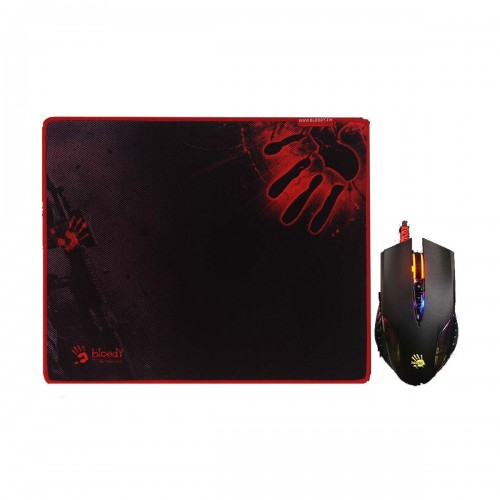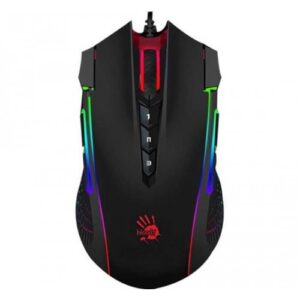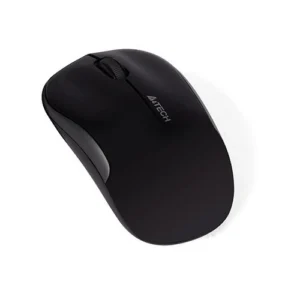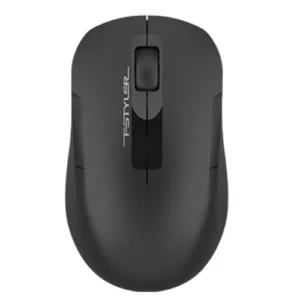Understanding the Key Specifications of a Gaming Mouse
When assessing a gaming mouse, several key specifications play a crucial role in determining its effectiveness for gaming performance. One of the foremost specifications is the number of keys or buttons available. While standard mice typically feature two buttons and a scroll wheel, gaming mice often include extra programmable buttons. These additional buttons can be customized for various in-game actions, allowing players to execute commands efficiently without needing to rely on the keyboard.
Another critical specification is the key response time, measured in milliseconds (ms). For competitive gamers, a response time of 1 ms is paramount. This rapid reaction ensures that every mouse click translates into immediate action on the screen, which can significantly impact performance in fast-paced gaming scenarios. Hence, a gaming mouse with low response time can provide a competitive edge, enabling players to react swiftly to in-game developments.
Equally important is the optical sensor capability. Gaming mice typically feature sensors with adjustable counts per inch (CPI), which commonly range from 500 to 3200. The flexibility of adjustable CPI sets allows gamers to tailor their mouse sensitivity to their preferences, enhancing precision during gameplay. Players engaging in first-person shooter games often benefit from higher sensitivity for quick movements, while real-time strategy players might prefer a lower sensitivity for better control.
Performance characteristics such as tracking speed and G-forces are also essential in understanding how well a gaming mouse can perform under pressure. Tracking speed, often measured in inches per second (IPS), determines how quickly the mouse can register movement. This is crucial for high-speed gaming, as it ensures accuracy and responsiveness. Coupled with the ability to withstand G-forces, these factors contribute to the overall performance and reliability of a gaming mouse, ensuring that it meets the demands of intense gaming sessions.
Physical Specifications and Warranty Information
When selecting a gaming mouse, physical specifications play a significant role in the overall gaming experience. The color and design of a black gaming mouse can appeal not only from a visual standpoint but also in how it integrates with gaming setups. Ergonomics is crucial; a well-designed gaming mouse should provide a comfortable grip for extended periods, reducing strain during intense gaming sessions. Features like the positioning of the two side thumb buttons can enhance accessibility, allowing gamers to execute commands quickly without compromising their grip.
Additionally, many gaming mice include customizable neon lighting effects, with three distinct settings creating an immersive atmosphere that can synchronize with in-game actions. Such aesthetic enhancements are not merely for show; they can sometimes serve functional purposes in terms of visibility in low light conditions. The durability of a mouse is tied to its button lifetime, a crucial specification for avid gamers who may press these buttons thousands of times a day. High-quality switches can often last for millions of clicks, making these specifications significant in evaluating a gaming mouse’s longevity.
Moreover, warranty information shouldn’t be overlooked. A 1-year warranty coverage typically offered with gaming mice serves as an indication of the manufacturer’s confidence in their product’s reliability. For gamers, especially those who invest significant time and resources into their gear, having a warranty can be a safety net against manufacturing defects or failure. It is prudent for both casual and serious gamers to consider the physical specifications alongside warranty coverage when making purchasing decisions, ensuring they select a mouse that meets not only their aesthetic preferences but also performance and reliability expectations.




